Ladakh, the “Land of High Passes,” is famous for its stark landscapes, vibrant culture, and breathtaking trekking routes. However, most trekkers follow the well-trodden paths, missing out on Ladakh’s hidden gems that offer solitude, serenity, and unmatched beauty. If you’re an adventurer looking for something off the beaten path, these 10 hidden trekking routes in Ladakh will lead you into some of the region’s most remote and untouched areas, including Suru Valley, Chiktan, and Nubra. Here’s your chance to explore Ladakh’s lesser-known trekking routes and discover an entirely new side of this majestic region.
Why Choose Hidden Trekking Routes in Ladakh?
Popular trekking routes like Markha Valley and Tso Moriri have become crowded during peak trekking season. While these routes offer beauty and adventure, the charm of trekking lies in the discovery of pristine landscapes and quiet paths far from the tourist rush. Suru Valley, Chiktan, and Nubra Valley hold hidden trekking routes that remain largely undiscovered. These regions offer:
- Solitude: Fewer trekkers and tourists, allowing for a more intimate experience with nature.
- Untouched Beauty: Unspoiled landscapes, lush valleys, and crystal-clear rivers.
- Rich Culture: Unique encounters with Ladakhi communities far from the typical tourist destinations.
- Challenging Terrain: High-altitude treks that push your physical limits and reward you with spectacular views.
Let’s dive into the 10 hidden trekking routes in Ladakh that will allow you to experience the raw beauty of this mystical region.
1. Kanji to Rangdum Trek (Suru Valley)
Overview
Distance: Approx. 65 km
Duration: 6–7 days
Difficulty: Moderate to Challenging
Starting in the remote village of Kanji, this trek winds through Suru Valley and ends in Rangdum, a picturesque village flanked by the Nun-Kun massif. This route offers incredible solitude and allows trekkers to traverse Ladakh’s unspoiled valleys, glacial rivers, and steep passes.

Why It’s Special
- Traverse the Kanji La Pass at 5,200 meters.
- Encounter remote villages untouched by modern civilization.
- Enjoy views of the towering Nun-Kun peaks and vast glaciers.
This trek is ideal for those seeking an authentic wilderness experience in Suru Valley, far from the usual tourist routes.
2. Parang La Trek (Connecting Ladakh to Spiti)
Overview
Distance: 75 km
Duration: 6–8 days
Difficulty: Challenging
The Parang La Trek begins in Karzok on the shores of Tso Moriri and crosses into Spiti Valley in Himachal Pradesh. Although famous for certain segments, several hidden routes branch off into Ladakh’s lesser-known valleys, offering trekkers a chance to experience secluded landscapes and remote Tibetan settlements.

Why It’s Special
- Cross the Parang La Pass (5,600 meters), a formidable challenge for seasoned trekkers.
- Trek alongside the Pare Chu River, which flows from Tibet into India.
- Witness pristine high-altitude lakes and sweeping alpine meadows.
The trail offers an exciting blend of cultural encounters and high-altitude challenges, with minimal crowds compared to other routes.
3. Phuktal to Shade Trek (Zanskar Region)
Overview
Distance: 40 km
Duration: 3–4 days
Difficulty: Moderate
This short but rewarding trek takes you through the remote and lesser-known parts of the Zanskar Region, starting from the famous Phuktal Monastery and ending in the tiny village of Shade. It’s one of the few treks that bypasses the usual trails in Zanskar and provides an authentic look at the isolated Ladakhi lifestyle.

Why It’s Special
- Visit the stunning Phuktal Monastery, built into a cliffside.
- Enjoy the peaceful, isolated beauty of Shade Village, a rarely visited part of Zanskar.
- Cross high passes and remote valleys with stunning views of the Zanskar Range.
The trek offers a perfect balance between cultural immersion and scenic beauty, allowing for a peaceful escape into one of Ladakh’s quietest corners.
4. Nubra Valley Trek (Hunder to Skuru)
Overview
Distance: 40 km
Duration: 4–5 days
Difficulty: Moderate
While Nubra Valley is known for its sand dunes and monasteries, the trekking route from Hunder to Skuru is far less traveled, offering a quiet and scenic alternative. The trail winds through lush green valleys, high mountain passes, and remote Ladakhi villages.
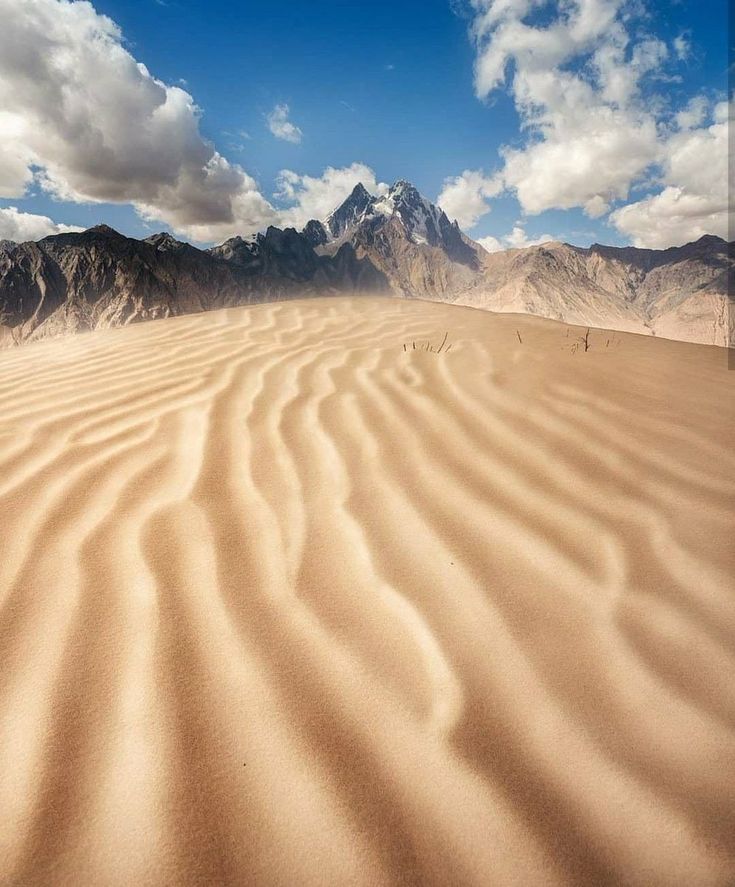
Why It’s Special
- Cross the Lasermo La Pass (5,400 meters), offering panoramic views of Nubra Valley.
- Experience the unique landscapes of Nubra, from arid deserts to fertile oases.
- Encounter the quiet, peaceful lifestyle of Skuru Village.
The trek through Nubra Valley provides a refreshing contrast to the desert-like expanses of central Ladakh, with its green pastures and flowing rivers.
5. Panikhar to Mulbekh Trek (Suru Valley)
Overview
Distance: 55 km
Duration: 5–6 days
Difficulty: Moderate
This hidden trek starts in Panikhar, a serene village in Suru Valley, and leads through rugged mountain passes and high-altitude meadows to Mulbekh, a historical village known for its ancient rock carvings.
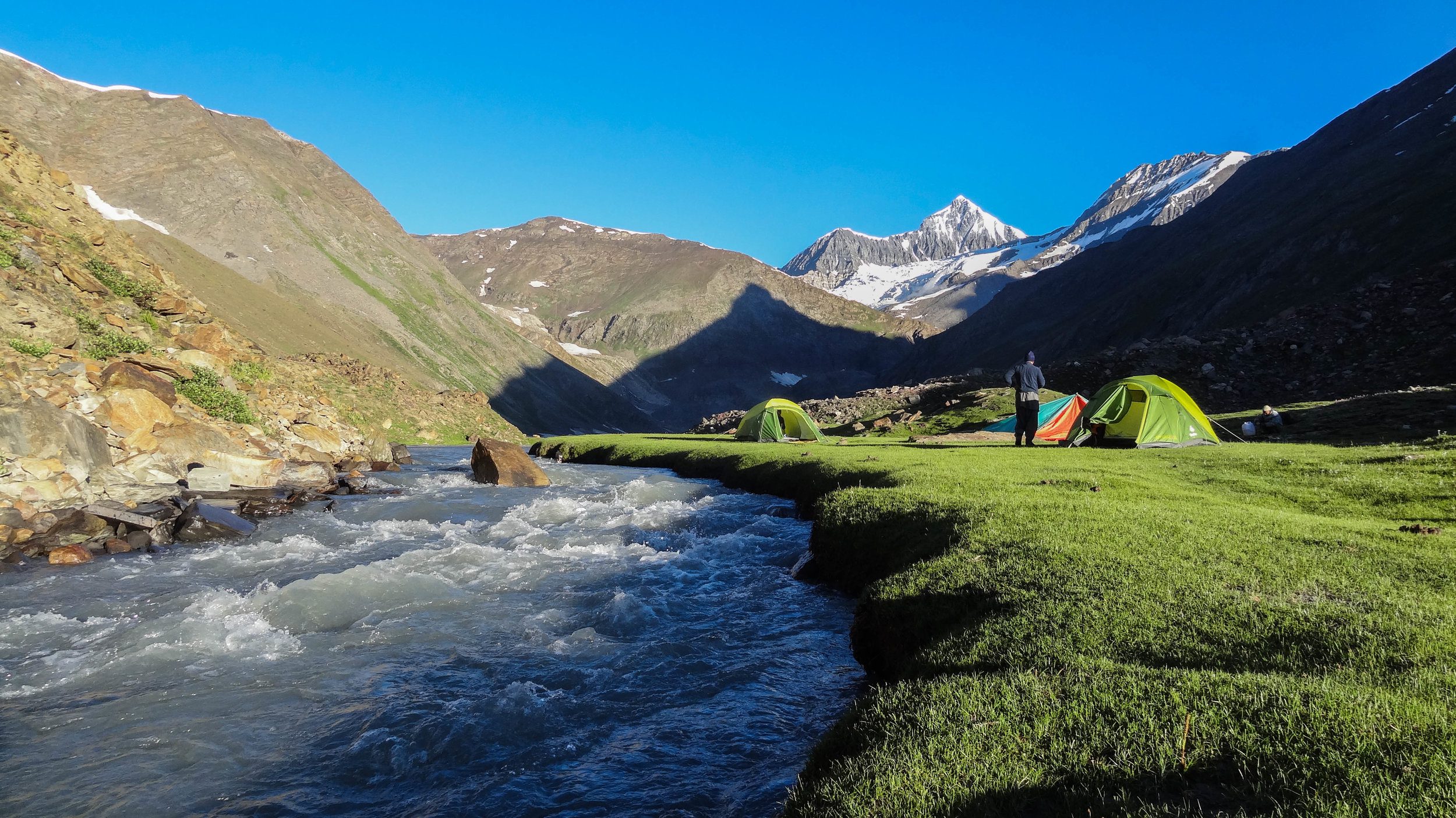
Why It’s Special
- Witness the Suru Valley in full bloom with its pristine rivers and vibrant green fields.
- Trek through remote villages that rarely see outsiders.
- End your trek in Mulbekh, home to a famous 9-meter-high rock relief of Maitreya Buddha.
This trek is perfect for those wanting to explore Suru Valley’s lush, verdant landscapes without the crowds.
6. Warwan Valley Trek (Connecting Suru Valley to Kashmir)
Overview
Distance: 90 km
Duration: 7–9 days
Difficulty: Challenging
The Warwan Valley Trek connects Suru Valley in Ladakh to the Warwan Valley in Kashmir, taking trekkers through untouched terrain, across rivers, and over high-altitude passes.
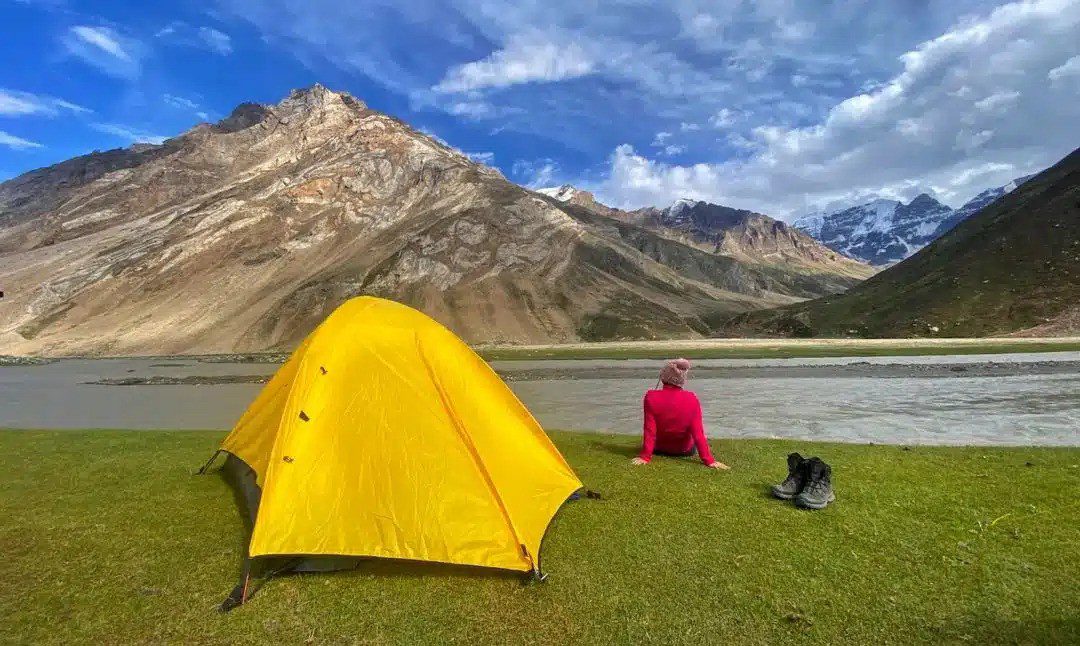
Why It’s Special
- Cross the Kaintal Pass (4,800 meters), a tough but rewarding climb.
- Experience the isolated beauty of the Warwan Valley.
- Explore Suru Valley’s more remote and untouched areas.
The trail is ideal for those looking for a physically demanding trek with minimal human contact.
7. Chiktan to Batalik Trek
Overview
Distance: 50 km
Duration: 5–6 days
Difficulty: Moderate
The remote region of Chiktan is home to several hidden trekking routes, and the trek from Chiktan to Batalik is one such gem. This trail passes through uncharted valleys, past ancient fortresses, and over rugged terrain to reach the historic village of Batalik.

Why It’s Special
- Visit the Chiktan Castle, a remarkable 16th-century fortress.
- Trek through the Batalik Sector, an area of historical and strategic importance.
- Encounter remote Ladakhi villages rarely visited by tourists.
The Chiktan to Batalik Trek is ideal for adventurers looking to explore Ladakh’s more hidden corners.
8. Hunderman Trek (Kargil Region)
Overview
Distance: 20 km
Duration: 2–3 days
Difficulty: Easy to Moderate
This short trek from Kargil to Hunderman Village takes trekkers through one of Ladakh’s most historically significant regions. Hunderman is a remote village near the Line of Control and is known for its abandoned homes and rich history.
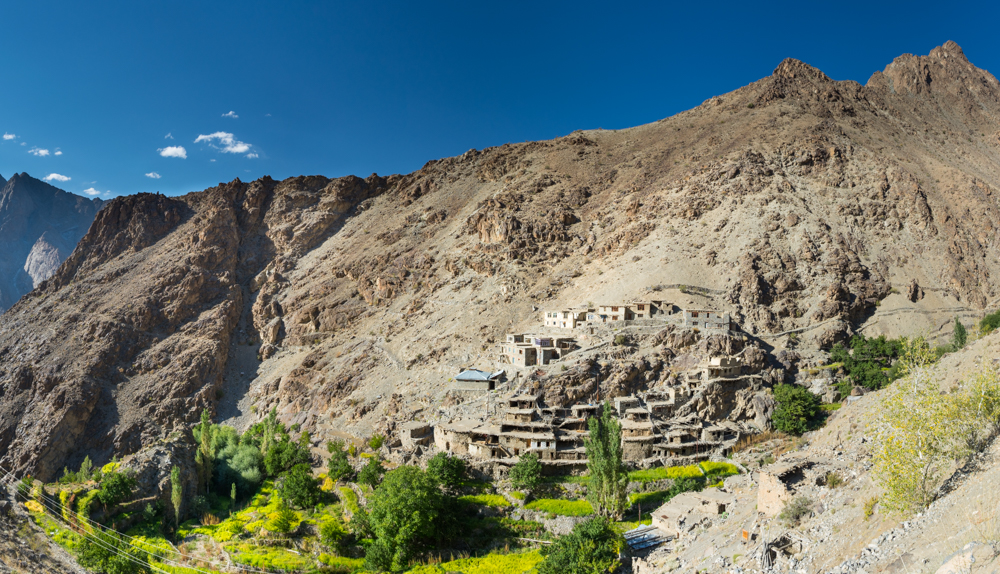
Why It’s Special
- Visit the Museum of Memories in Hunderman, showcasing life before the region was abandoned.
- Explore the remote Kargil District, away from the typical trekking routes.
- Enjoy views of the Shingo River and surrounding mountains.
This trek offers a combination of historical intrigue and natural beauty, perfect for those seeking a short yet enriching adventure.
9. Padum to Raru Trek (Zanskar Region)
Overview
Distance: 25 km
Duration: 2–3 days
Difficulty: Easy
This trek connects Padum, the capital of Zanskar, with the remote village of Raru, offering a peaceful and scenic journey through Ladakh’s isolated wilderness.
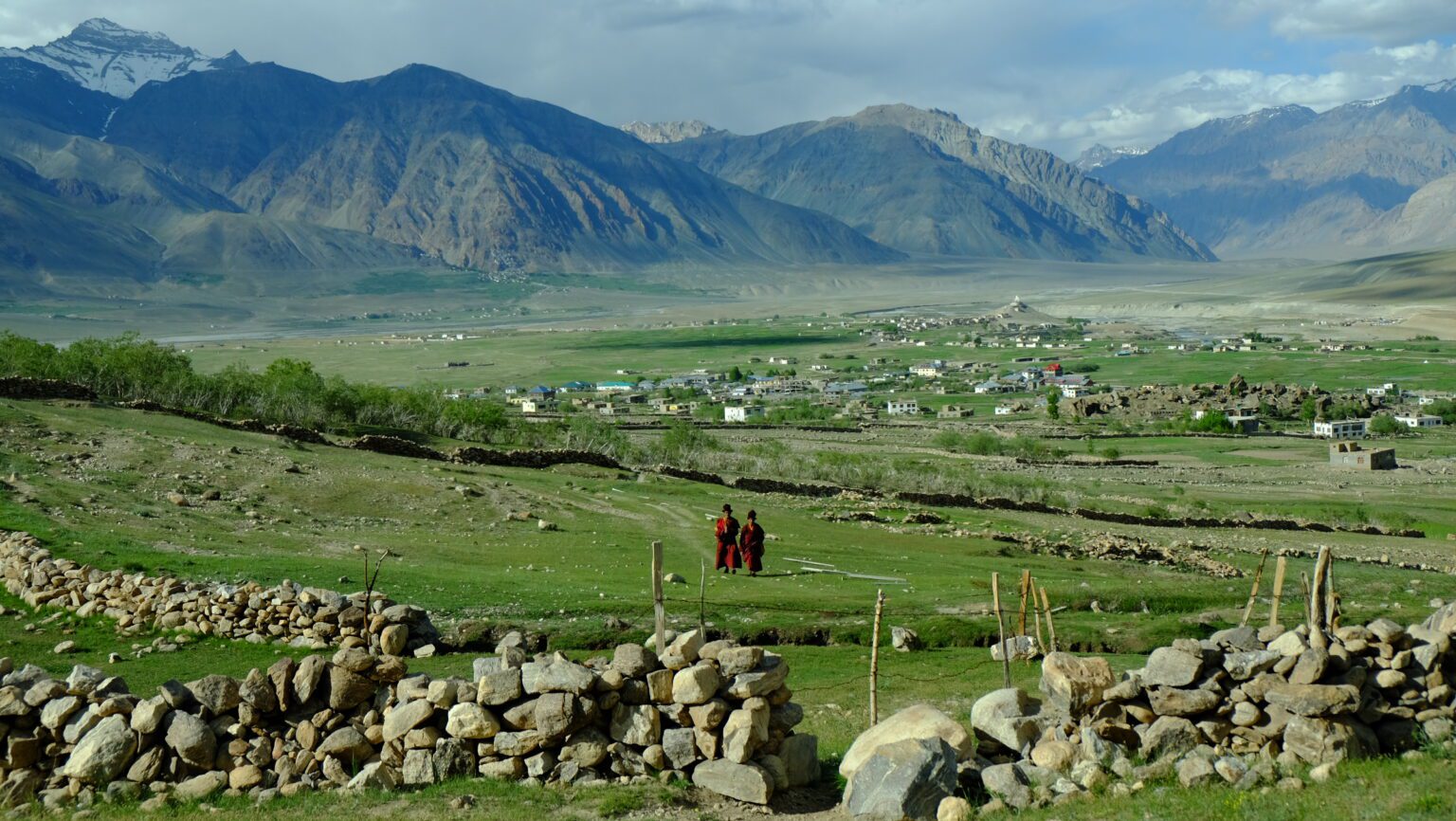
Why It’s Special
- Follow the Zanskar River as it cuts through deep gorges.
- Explore the quiet beauty of Raru Village, a hidden gem in the Zanskar region.
- Experience the majestic scenery of Zanskar without the crowds.
This short trek offers a chance to experience Zanskar’s untouched beauty while avoiding the more popular routes.
10. Nubra Valley Trek (Turtuk to Thang)
Overview
Distance: 30 km
Duration: 3–4 days
Difficulty: Moderate
This trek takes you to the northernmost village of India, Thang, starting from the picturesque village of Turtuk. Located near the Pakistan border, this remote area offers stunning views and cultural insights into Ladakh’s history.

Why It’s Special
- Explore Turtuk, a Balti village with a rich cultural heritage.
- Trek to Thang, one of the last Indian villages before the Pakistan border.
- Experience the unique blend of Baltistani and Ladakhi cultures.
This trek is ideal for those interested in history, culture, and adventure, providing a glimpse into a lesser-known part of Nubra Valley.
Conclusion: Explore Ladakh’s Hidden Gems
These 10 hidden trekking routes in Ladakh offer a refreshing escape from the usual trails and are perfect for adventurers looking to explore Ladakh’s lesser-known areas. Whether you choose to trek through Suru Valley, Chiktan, or the Nubra Valley, each of these routes promises breathtaking landscapes, rich cultural encounters, and an unparalleled sense of adventure. Lace up your boots and step into the wilderness — Ladakh’s hidden trails are waiting for you!
Frequently Asked Questions (FAQ)
1. When is the best time to trek in Ladakh?
The best time for trekking in Ladakh is between June and September, when the weather is relatively stable, and most trekking routes are accessible. Be mindful that Ladakh’s high altitude means temperatures can still be quite cold, especially at night.
2. Are these treks suitable for beginners?
Most of these hidden treks are suited for experienced trekkers due to the high altitude and remote locations. However, some routes, such as the Hunderman Trek and the Padum to Raru Trek, are easier and can be attempted by beginners with proper preparation and acclimatization.
3. Do I need a guide for these treks?
While not all treks in Ladakh require a guide, it’s highly recommended to hire a local guide for safety and navigation, especially on the more remote and lesser-known routes. A guide can also provide valuable cultural insights and help arrange homestays or campsites.
4. What should I pack for trekking in Ladakh?
Essentials for trekking in Ladakh include warm clothing, a sturdy pair of trekking boots, sunscreen, a good sleeping bag, a water filter, and high-energy snacks. Be sure to carry a medical kit, as some of these remote areas have limited access to healthcare.
5. How can I acclimatize properly for high-altitude trekking?
Acclimatization is key to avoiding altitude sickness. Spend a few days in Leh or at another mid-level altitude before starting your trek. Drink plenty of water, eat well, and avoid strenuous activities during your first few days.
6. Are permits required for trekking in Ladakh?
Yes, permits are required for some areas in Ladakh, particularly for treks near the borders. Be sure to check which areas require permits and arrange them ahead of time, either online or through a LIFE on the PLNET LADAKH.








